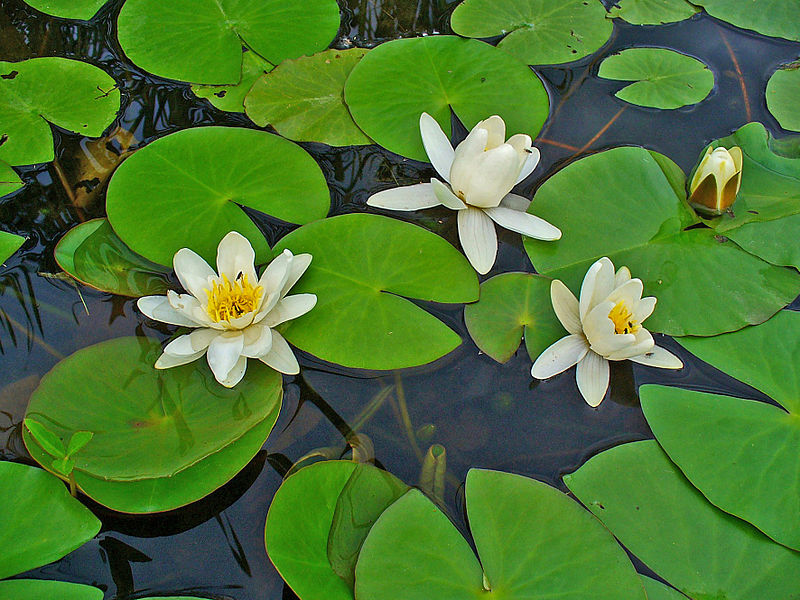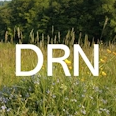Wildlife Pond Construction in Devon & Cornwall: Power of Native Aquatic Plants
Top Native Aquatic Plants: The Beating Heart of Wildlife Ponds in Devon and Cornwall
When creating a wildlife pond in Devon or Cornwall, one of the most powerful choices you can make is planting native aquatic plants. These plants aren’t just decoration – they’re living filters, wildlife magnets, and vital players in keeping your pond clear, healthy, and buzzing with life.
In this post, we’ll explore the unique beauty of some key native pond plants, what wildlife they support, their preferred growing conditions, and why they are such effective water purifiers.
Why Native Aquatic Plants Are Essential for Wildlife Ponds
- Water Quality Guardians – By absorbing excess nutrients such as nitrates and phosphates, native pond plants reduce algal blooms and naturally balance the ecosystem.
- Wildlife Lifelines – Their leaves, flowers, and stems provide shelter, food, and breeding grounds for everything from dragonflies and amphibians to birds and pollinators.
- Resilient & Low-Maintenance – Adapted to local conditions, native species thrive without intensive management. They’re also less likely to become invasive compared to many ornamental imports.
When constructing a wildlife pond in Devon or Cornwall, native plants offer both ecological stability and timeless beauty.
Spotlight on Key Native Aquatic Plants
Yellow Flag Iris (Iris pseudacorus)
- Appearance: Striking yellow flowers from May to July, adding bold colour to pond margins.
- Wildlife value: Supports bumblebees, hoverflies, and offers cover for frogs and newts. Its dense rhizomes create hiding spots for fish fry.
- Preferred conditions: Shallow margins, tolerates heavy clay soils, thrives in both sun and part shade.
- Water-cleansing role: Excellent at nutrient uptake, particularly in high-nutrient or farm runoff ponds.
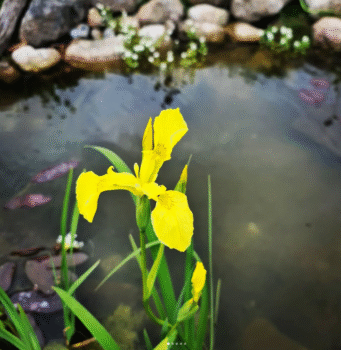
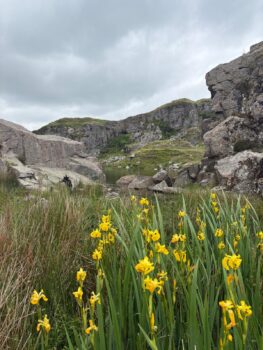
Water Mint (Mentha aquatica)
- Appearance: Rounded purple flower clusters with a refreshing mint scent.
- Wildlife value: Nectar-rich, it’s loved by bees, butterflies, and moths. Leaves often host the caterpillars of the mint moth.
- Preferred conditions: Moist margins, tolerates both shade and sun, spreads gently.
- Water-cleansing role: Roots bind sediments, preventing turbidity while drawing up dissolved nutrients.
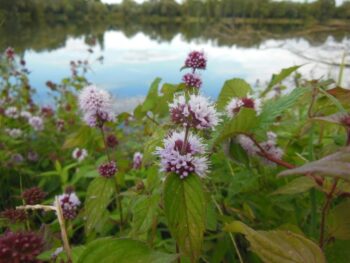
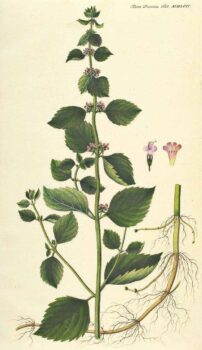
White Water Lily (Nymphaea alba)
- Appearance: Large, elegant white blooms floating on broad lily pads.
- Wildlife value: Leaves provide shade and resting platforms for damselflies, frogs, and even ducklings. Flowers attract beetles and hoverflies.
- Preferred conditions: Deeper water (up to 1.5m), prefers still or slow-moving ponds.
- Water-cleansing role: Shading reduces algae growth while root systems stabilise sediments.
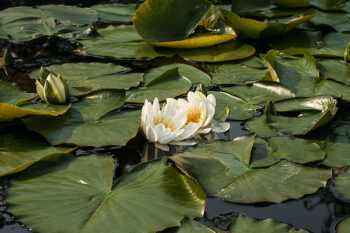
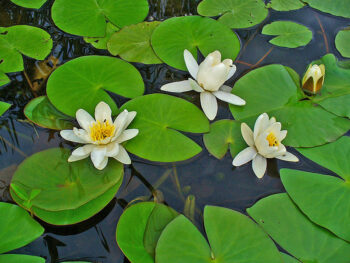
Rigid Hornwort (Ceratophyllum demersum)
- Appearance: Dark green, feather-like submerged plant, free-floating.
- Wildlife value: A refuge for aquatic invertebrates and young fish, also a spawning site for newts.
- Preferred conditions: Submerged in still waters, no roots needed.
- Water-cleansing role: One of the best oxygenators – releases oxygen into the water, absorbs excess nutrients, and prevents algal dominance.
Brooklime (Veronica beccabunga)
- Appearance: Glossy green leaves with small blue flowers.
- Wildlife value: Provides cover for tadpoles and is a nectar source for hoverflies.
- Preferred conditions: Margins, shallow water, spreads along pond edges.
- Water-cleansing role: Stabilises pond banks and helps filter runoff before it reaches open water.
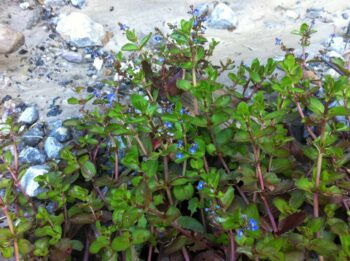
Why Native Plants Excel at Cleaning Pond Water
Unlike some ornamental species bred for looks alone, native aquatic plants are adapted to local nutrient cycles. They:
- Absorb dissolved nutrients before algae can use them.
- Release oxygen, improving water quality for fish, invertebrates, and amphibians.
- Trap sediments, preventing murky water.
- Support microbial communities on their roots that break down organic waste.
Together, these processes mean less reliance on pumps, filters, or chemicals – making them perfect for natural pond construction and management in Devon and Cornwall.
Building Wildlife Ponds with Plants at the Core
When designing a pond, aim for a mosaic of habitats: shallow shelves for marginal plants, mid-depth zones for oxygenators, and deeper areas for lilies and open water. A mix of flowering, floating, submerged, and emergent plants ensures year-round ecological benefits.
For landowners in Devon and Cornwall, incorporating native species also helps strengthen local biodiversity networks – connecting your pond with surrounding rivers, hedgerows, and meadows.
Next Steps for Your Pond Project
Whether you’re considering a small garden wildlife pond or a larger rewilding project, choosing the right native plants is key. At Sasaquatics, we specialise in wildlife pond construction across Devon and Cornwall – from site assessment and design through to planting, water quality management, and long-term stewardship.
👉 Get in touch today to discuss your project and start creating a pond that’s beautiful, balanced, and bursting with life.
Frequently Asked Questions about Wildlife Pond Plants in Devon and Cornwall
What are the best plants for a wildlife pond in Devon and Cornwall?
Some of the most effective native pond plants include Yellow Flag Iris, Water Mint, White Water Lily, Rigid Hornwort, and Brooklime. Together they provide food, shelter, and oxygen for pond wildlife while naturally keeping the water clean.
Which pond plants clean water the best?
Oxygenating plants such as Rigid Hornwort are exceptional at absorbing excess nutrients and releasing oxygen, preventing algal blooms. Marginal plants like Yellow Flag Iris also filter runoff and stabilise pond edges.
Do I need plants in my wildlife pond?
Yes. Without plants, ponds quickly become nutrient-rich and prone to algae. Native plants act as natural filters, balance oxygen levels, and provide essential habitats for amphibians, insects, and birds.
When is the best time to plant pond plants in Devon and Cornwall?
Spring and early summer are ideal, when water temperatures are rising and plants can establish before winter. However, many species such as Water Mint and Brooklime can also be planted successfully in autumn.
How deep should I plant water lilies in a pond?
White Water Lilies prefer deeper water zones of 1–1.5m, where their floating leaves provide shade and reduce algae growth. Always plant them in still or slow-moving areas of the pond.
Ready to Build Your Wildlife Pond in Devon or Cornwall?
At Sasaquatics, we combine ecological expertise with hands-on pond construction to create water features that are beautiful, balanced, and buzzing with life. Whether you want a small garden wildlife pond, a natural swimming pond, or a large-scale rewilding project, we design and build systems tailored to your site.
🌿 Our services include:
- Wildlife pond design and construction across Devon & Cornwall
- Planting schemes using native aquatic species
- Natural filtration and water quality management
- Habitat creation for pollinators, amphibians, and birds
- Long-term ecological monitoring and care
👉 Get in touch with our team today to start planning your wildlife pond project in Devon or Cornwall — and turn your land into a thriving, self-sustaining ecosystem.
More Native Aquatic Plants to Discover
The species highlighted above are just a starting point. There are many more native aquatic and marginal plants that play vital roles in supporting pond ecosystems across Devon and Cornwall — from delicate water forget-me-nots to robust reeds and sedges. These plants each bring their own unique benefits for wildlife and water quality. Keep an eye out for more information as we build a wider database of native pond plants to guide your rewilding and wildlife pond projects.
Native Aquatic Plant Database (Devon & Cornwall Focus)
1. Submerged / Free-floating
(Vital for water clarity, oxygen levels, and supporting aquatic invertebrates)
Rigid Hornwort (Ceratophyllum demersum)
Water Crowfoot (Ranunculus aquatilis)
Spiked Water-milfoil (Myriophyllum spicatum)
Canadian Pondweed (Elodea canadensis) – naturalised, but widely present
2. Floating-leaved Plants
(Provide shade, reduce algae, and shelter for amphibians and insects)
White Water Lily (Nymphaea alba)
Yellow Water Lily (Nuphar lutea)
Amphibious Bistort (Persicaria amphibia)
Frogbit (Hydrocharis morsus-ranae)
3. Marginal Plants (Shallow Edges & Pond Margins)
(Stabilise banks, filter runoff, provide nectar and cover)
Yellow Flag Iris (Iris pseudacorus)
Water Mint (Mentha aquatica)
Marsh Marigold (Caltha palustris)
Brooklime (Veronica beccabunga)
Lesser Spearwort (Ranunculus flammula)
Purple Loosestrife (Lythrum salicaria)
4. Emergent & Reedy Plants
(Tall structural plants, important for nesting birds, amphibians, and filtration)
Common Reed (Phragmites australis)
Reedmace / Bulrush (Typha latifolia)
Greater Pond Sedge (Carex riparia)
Soft Rush (Juncus effusus)
5. Moisture-Loving Wildflowers (Marginal Meadow Transition)
(Support pollinators and connect pond to surrounding habitat)
Water Forget-me-not (Myosotis scorpioides)
Ragged Robin (Lychnis flos-cuculi)
Meadowsweet (Filipendula ulmaria)
Marsh Woundwort (Stachys palustris)
